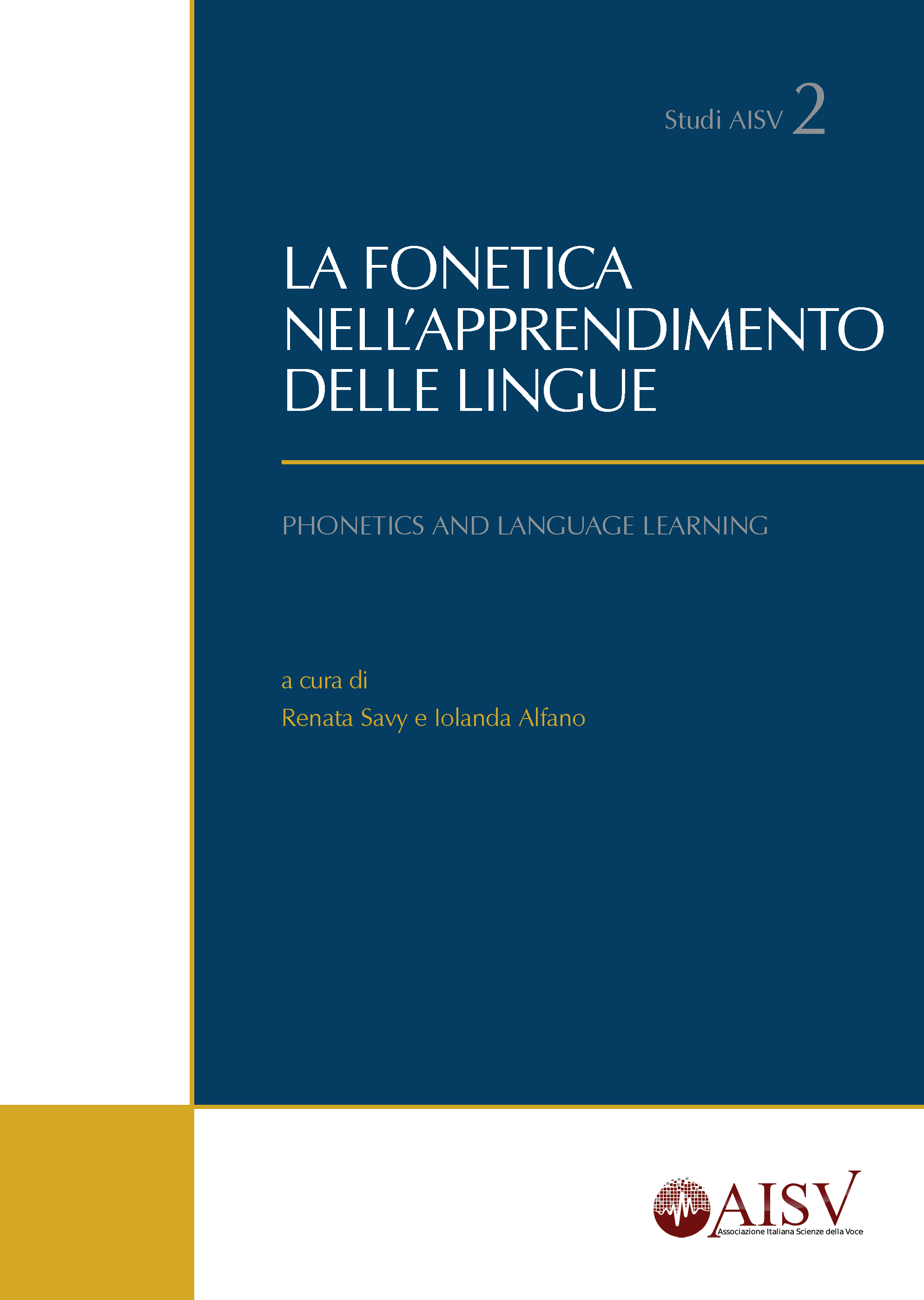Learning Italian Prosody in a Foreign Language Setting
A study on Japanese learners
DOI:
https://doi.org/10.17469/O2102AISV000006Keywords:
L2 prosody training, self-imitation, prosodic transplantation techniqueAbstract
This study aims to test the effectiveness of self-imitation technique to develop a native-like prosodic competence. Seven Japanese learners of Italian (NNSs) and 2 Italian native speakers (NSs) were asked to read aloud and record two sentences in Italian conveying different pragmatic functions. The utterances of NNSs received the suprasegmental features of NSs’ productions through the transplantation technique. NNSs imitated their own voice previously modified to match the reference NSs and recorded the new performance. 17 native Italian listeners rated pre- and post-training productions for pragmatic function and accentedness. The same productions were compared to the NSs’ performance by utterance duration and length of vocalic and consonantal intervals. The results showed that self-imitation improves NNSs communicative effectiveness. After the training, utterance duration and vocalic intervals length better match the target duration.
Downloads
Published
Issue
Section
License

This work is licensed under a Creative Commons Attribution-NonCommercial 4.0 International License.





